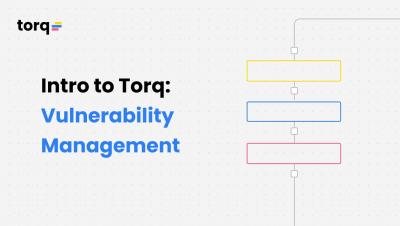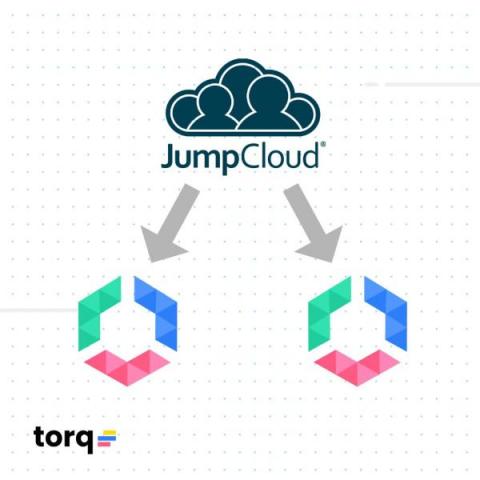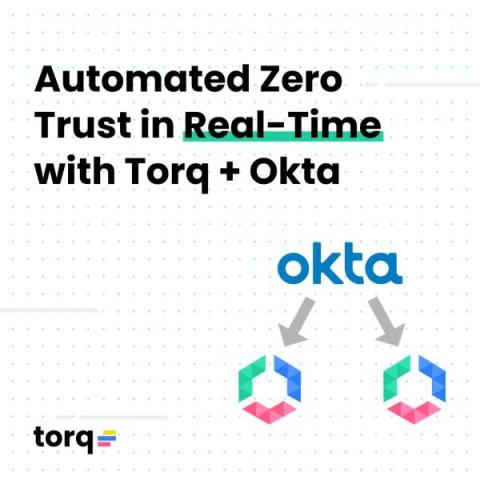Operations | Monitoring | ITSM | DevOps | Cloud
March 2022
Automated Just-In-Time Permissions Using JumpCloud+Torq
For security teams, properly managing which users can access resources and governing the level of access those users have is about as basic as locking the door at night. Understandably then, there are thousands of options available to fine-tune or revoke access, and it’s likely that issues come up daily for most companies—if not hourly.
Automated Zero Trust: The Only Thing to Put Your Trust in
There’s no question that centralized identity and access management (IAM) helps companies reduce risk and prevent attacks. But, as this week’s Okta attack shows, centralized IAM doesn’t eliminate all risks. Attackers with access to IAM data can use this information to easily access downstream systems or modify permissions to grant elevated access to malicious parties.
SOARs vs. No-Code Security Automation: The Case for Both
Just a few years ago, security orchestration, automation and response (SOAR) was the new buzzword associated with security modernization. Today, however, SOAR platforms are increasingly assuming a legacy look and feel. Although SOARs still have their place in a modern SecOps strategy, the key to driving SecOps forward today is no-code security automation.
SecOps in a Post-Covid World: 3 Security Trends to Watch
By now, you’ve probably read loads of articles that discuss the COVID-19 pandemic’s impact on business, politics, the economy and much more.But what about SecOps? What permanent effects has COVID wrought on the way businesses secure IT assets? Let’s explore those questions by examining three key security trends that promise to endure long after the pandemic has finally receded.
CSPM - Intro to Torq Webinar
ITOps vs. SecOps vs. DevOps vs. DevSecOps
ITOps, SecOps, and DevOps may sound similar. Indeed, they are similar - to a degree. But they have different areas of focus, different histories, and different operational paradigms. Keep reading for an overview of what ITOps, SecOps, and DevOps mean and how they compare. We'll also explain where DevSecOps fits into the conversation - and why you shouldn't worry so much about defining these terms perfectly as you should about finding ways to operationalize collaboration between your various teams.








